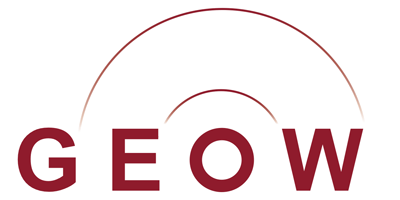Welcome to our group
Mineral reactions and phase transitions are responsible for first order changes in physical properties of solids such as chemical composition, density, seismic velocities and strength. If properly interpreted, fabrics and microstructures in rocks provide fundamental insights into processes in the Earth’s interior.
The research projects of the Mineralogical and Petrological Processes group (at the Institute of Earth Sciences, Heidelberg University ), led by Lucie Tajcmanova, couple field work, experiments, phase equilibria modelling and forward or inverse numerical models in order to provide quantitative and physically-based tools for interpreting rock microstructures.
Why is it important?
Petrology is the material science of the Earth. Since minerals are solid compounds that make up rocks, and thus most of the Earth, the earth scientists must understand the mineral properties in rocks so that they can make reasonable inferences about how those rocks will behave under different conditions. Studying rock microstructures is thus a major cornerstone in the Earth Sciences.
The central question in our research is: How are Earth processes controlled by material properties? In fact, the microstructural data provide important insights into how the lithosphere could have evolved from days up to million-years timescales. Data obtained from rock microstructures serve as important inputs into geodynamic models, which model the large-scale behavior of the Earth.
Furthermore, studying mass transport in natural, complex chemical system on a small scale provides insights relevant to problems in material science such as rechargeable batteries as well as to radioactive waste disposal and CO2 storage programs.
Our group benefits from a broad collaboration with national and international institutions. Check our current research projects and open positions. Additionally, Germany generously offers various postdoctoral and PhD funding schemes so if you are motivated, please contact us!
Interested? Let’s explore the future of our field given by the group leader Lucie Tajcmanova:

